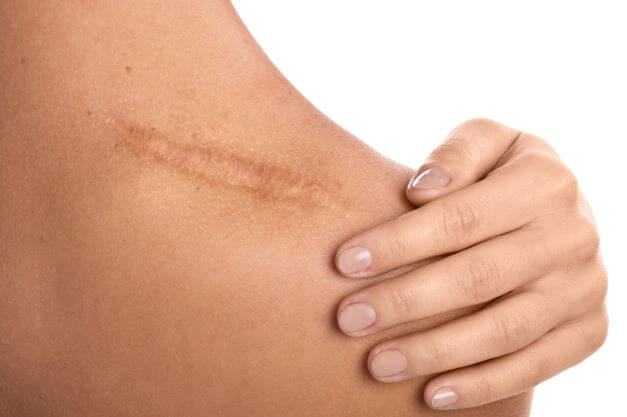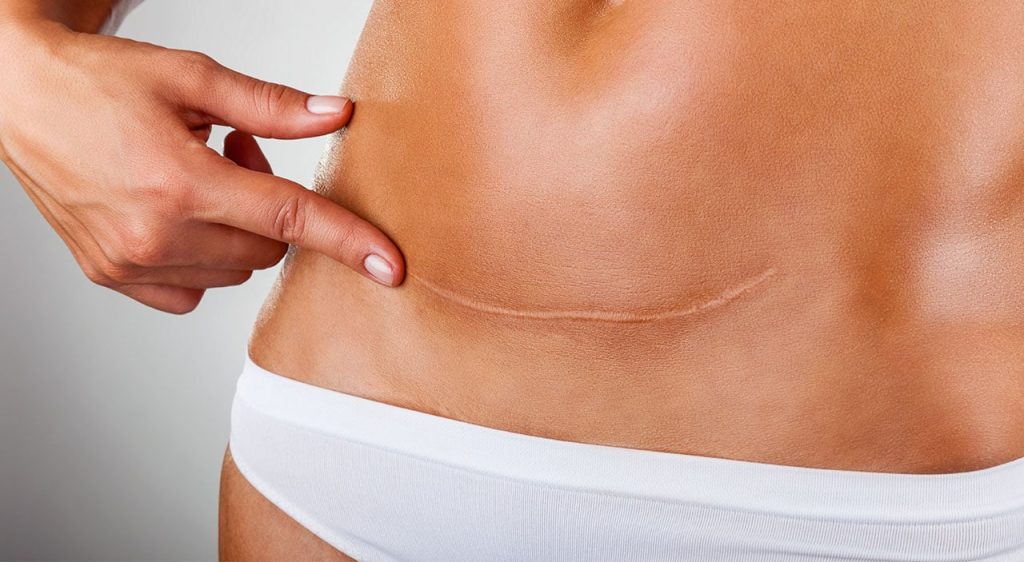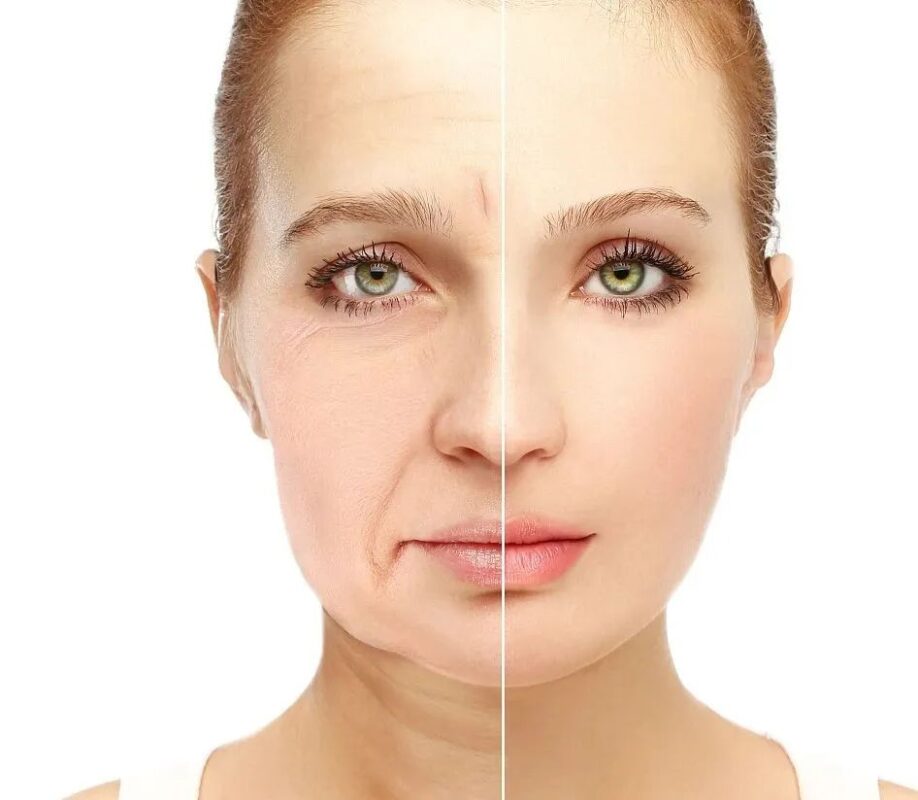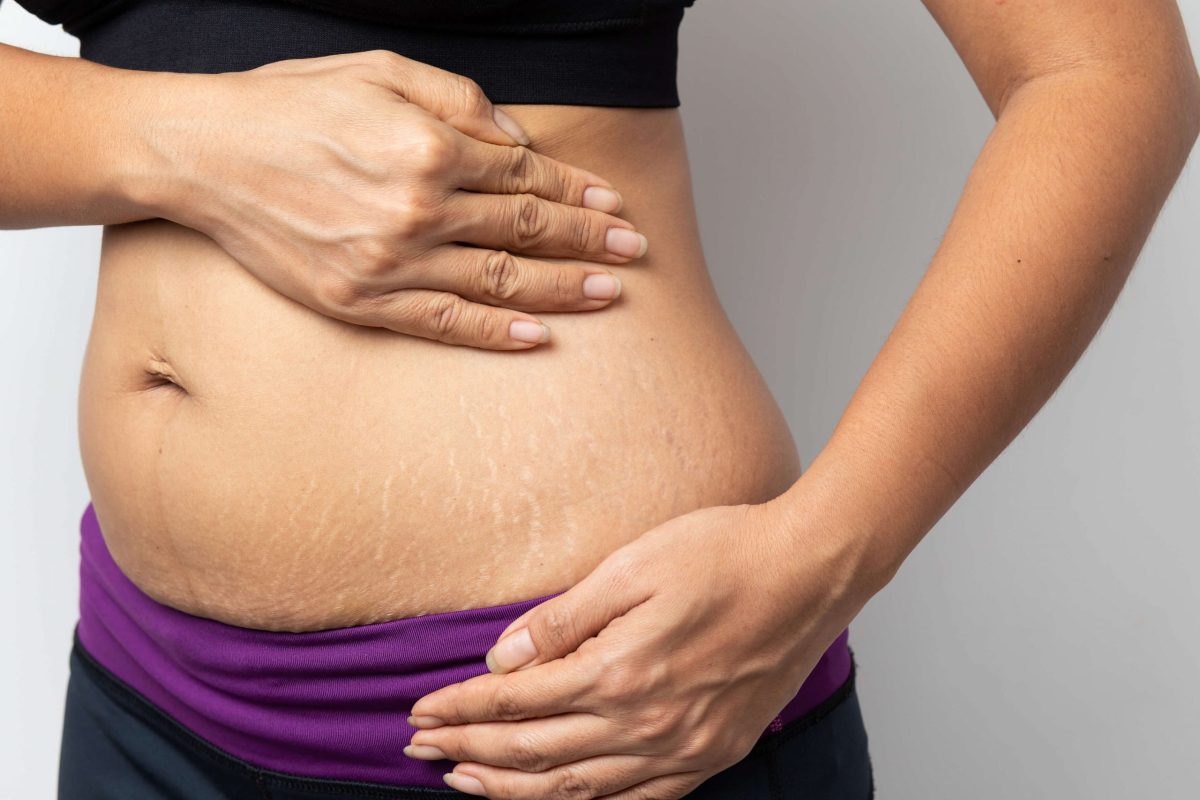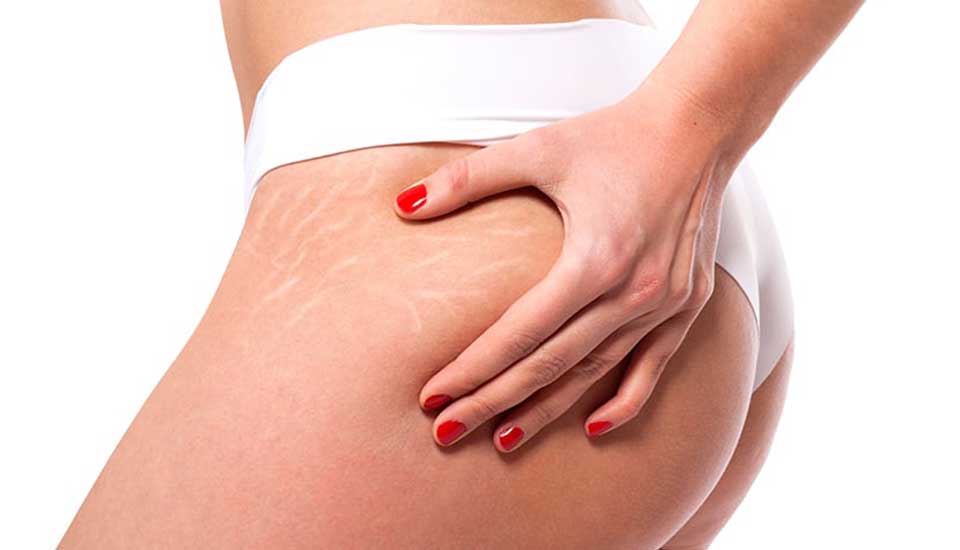Understanding the Tumescent Technique
Safety Profile
The tumescent liposuction method, a cosmetic procedure targeting subcutaneous fat with large cannulae, stands out among procedures for its enhanced safety measures. This liposuction technique, a cosmetic procedure, involves injecting, or infusing, a large volume of a solution into the fatty tissue before removal under general anesthesia. The solution contains lidocaine, a local anesthetic for liposuction treatment, and epinephrine, which constricts blood vessels during this cosmetic procedure, unlike general anesthesia.
This combination significantly reduces blood loss during the procedure. It also minimizes pain and swelling post-operation. Patients experience fewer complications compared to traditional methods.
Procedure Steps
Tumescent liposuction follows a structured approach. Initially, the target area for liposuction, a cosmetic procedure treatment, is infused with the tumescent solution using large cannulae. This step, under general anesthesia for liposuction, not only numbs the skin area but also expands the fat layer with large cannulae, making it easier to remove.
Surgeons then insert a thin tube called a cannula, or large cannulae for liposuction under general anesthesia, through small incisions in the patient. They use large cannulae for liposuction to suction out the fat and fluid mixture from under the skin to reduce weight. The precision of this liposuction method allows for a detailed sculpting of the body shape, affecting the amount and area of skin.
Recovery Process
Recovery from tumescent liposuction is generally quicker than other forms of liposuction. Most patients can return to normal activities within a few days after a small amount of liposuction. However, for a liposuction patient, wearing compression garments is crucial for several weeks to aid in healing and shaping the amount of tissue removed.
Patients report less discomfort and faster healing times. They also notice immediate improvements in body contour after liposuction, which continues to refine over months as the patient’s body adjusts to the reduced amount of fat.
Patient Selection and Evaluation
Ideal Candidates
Identifying the right candidates for tumescent liposuction is crucial. This liposuction procedure suits those patients aiming for fat removal in specific areas. It’s not a weight-loss solution.
Candidates for liposuction should have firm, elastic skin and be in good health. They must understand realistic outcomes. Those with chronic health issues may need further evaluation.
Health Assessment
A thorough health check is necessary before proceeding. Doctors review medical history and conduct physical exams. They focus on conditions that could complicate surgery.
Tests might include blood work and heart function assessments. This ensures patient safety during the procedure.
Psychological Consideration
The psychological state plays a significant role in patient selection for liposuction. Candidates must have realistic expectations about the results.
They should seek improvement, not perfection. Mental readiness for the recovery process is essential.
Preoperative Counseling Essentials
Medical History
After selecting suitable candidates for tumescent liposuction, it’s vital to delve into their medical history. This step ensures that patients understand the implications of their health conditions on the liposuction procedure.
Doctors must inquire about any allergies, medication use, and past surgeries, including liposuction. They should also assess the patient’s mental health status. This comprehensive approach helps in tailoring a safe and effective treatment plan for liposuction.
Lifestyle Factors
Another crucial aspect is discussing lifestyle factors, such as liposuction, that can affect surgery outcomes.
Patients should be advised to maintain a stable weight before the liposuction procedure. They must also avoid smoking and drinking as these habits can hinder healing after liposuction. Understanding these factors enables patients to set realistic expectations and contribute to their recovery process.
Risks and Benefits
A balanced discussion on the risks and benefits of tumescent liposuction is indispensable.
Patients need to know about possible complications like infection, scarring, or uneven results from liposuction. At the same time, highlighting the benefits of liposuction such as improved body contour and enhanced self-esteem is essential. This honest conversation fosters trust and prepares patients mentally for the journey ahead.
Risks and Complications Overview
Infection Risk
Infection is a possible complication after tumescent liposuction. The procedure, such as liposuction, involves making incisions, which can become entry points for bacteria. Patients must follow post-operative care instructions closely to minimize this risk after liposuction.
They should keep the incision sites clean and dry. Any signs of infection, such as redness or discharge, require immediate medical attention.
Hematoma Formation
Hematomas are collections of blood outside blood vessels. They can occur post-tumescent liposuction due to the injury of blood vessels during the procedure. While small hematomas may resolve on their own, larger ones might need medical intervention.
Patients should avoid strenuous activities that could exacerbate bleeding. Compression garments help in reducing the risk of hematoma formation after liposuction.
Nerve Damage
Nerve damage, though rare, can result from tumescent liposuction. It may manifest as numbness or changes in sensation in the treated area after liposuction. Most nerve damage is temporary but can affect quality of life until resolved.
Patients are advised to discuss any concerns with their surgeon immediately if they experience unusual sensations post-liposuction surgery.
Following preoperative counseling essentials ensures patients understand these risks and take steps to mitigate them. Adherence to post-operative care after liposuction is crucial for a smooth recovery and minimizing complications.
Safety Measures and Precautions
Patient Screening
Screening potential candidates carefully is paramount. Doctors assess overall health, medical history, and goals. They ensure patients understand the procedure.
Candidates must be in good health. Chronic illnesses or conditions might increase risks. Honest dialogue between doctor and patient is crucial.
Procedure Preparation
Preparation reduces complications. Patients follow specific guidelines before surgery. These include avoiding certain medications and fasting for a set period.
Doctors also perform pre-operative tests. Blood work and heart monitoring are common. These steps ensure readiness for surgery.
Surgical Techniques
Surgeons use state-of-the-art techniques to enhance safety. The tumescent method itself minimizes bleeding and pain. It involves injecting a solution that swells the fat during liposuction, making it easier to remove.
They also limit the volume of fat removed in one liposuction session. This approach reduces the risk of complications.
Post-Operative Care
Aftercare is essential for recovery. Patients receive detailed instructions on wound care, activity levels, and medication use post-liposuction. Regular follow-up appointments monitor healing progress.
Signs of infection or other issues require immediate attention. Thus, open communication with the surgical team post-liposuction procedure is vital.
Managing Liposuction Complications
Risk Identification
Even with stringent safety measures, complications can arise. Identifying risks early is crucial.
Doctors should monitor patients closely post-operation. This includes regular check-ups and being alert to signs of infection or adverse reactions. They must also educate their patients on what symptoms to watch for at home.
Immediate Response
Timely intervention can prevent complications from worsening.
If a patient shows signs of infection, such as fever or unusual swelling, they must contact their doctor immediately. Healthcare providers should have protocols in place for rapid response, including administering antibiotics if necessary.
Long-term Care
Recovery doesn’t end when symptoms disappear. Long-term care is essential for maintaining results and health after liposuction.
Patients should follow all aftercare instructions from their surgeon after liposuction, including attending follow-up appointments and adhering to recommended lifestyle changes. Regular exercise and a healthy diet play a key role in sustaining liposuction outcomes.
Postoperative Care and Recovery
Pain Management
After tumescent liposuction, managing pain is crucial. Patients usually receive prescription painkillers. It’s important to follow the doctor’s instructions closely.
Pain should lessen within a few days. If it doesn’t, contacting the surgeon is necessary.
Activity Limitation
Patients must limit physical activities post-surgery. This helps to reduce swelling and speeds up recovery.
Light walks are encouraged to promote blood circulation. However, strenuous exercise should be avoided for at least a month after liposuction.
Compression Garments
Wearing compression garments is essential after tumescent liposuction. They help in controlling swelling and shaping the body.
These garments, often used after liposuction, should be worn as instructed by the surgeon, often for several weeks.
Follow-Up Visits
Regular follow-up visits with the surgeon are important. They allow for monitoring of the healing process and managing any complications that may arise from liposuction.
These liposuction visits are typically scheduled within the first few weeks post-surgery.

Ensuring Tumescent Liposuction Safety
Patient Selection
Proper candidate screening is crucial. Doctors must evaluate individuals’ health and medical history. They assess risks and determine if tumescent liposuction is suitable.
Patients with chronic conditions or obesity might face higher risks. It’s essential they understand these before proceeding.
Procedure Protocols
Sterile techniques prevent infections. Surgeons use single-use instruments and operate in accredited facilities to ensure safety.
They also follow strict guidelines on the volume of local anesthesia for liposuction. This minimizes the risk of toxicity.
Anesthesia Monitoring
Continuous patient monitoring during the procedure detects issues early. Vital signs like heart rate and blood pressure are watched closely.
This ensures any adverse reactions to the anesthesia are caught quickly.
Post-Procedure Care
Following surgery, patients receive detailed aftercare instructions. These include managing pain and preventing infection.
Regular follow-up appointments allow doctors to monitor healing and address complications promptly.
Ensuring safety in tumescent liposuction involves careful patient selection, adherence to sterile procedures, vigilant anesthesia monitoring, and comprehensive post-procedure care. These steps significantly reduce risks in liposuction, making it a preferred method for fat removal. Patients considering liposuction should discuss their concerns with their surgeon to fully understand the process and its safety measures.
Summary
Tumescent liposuction stands as a significant advancement in cosmetic surgery, offering a safer alternative with fewer complications. This technique, through meticulous patient selection, comprehensive preoperative counseling, and stringent postoperative care, ensures enhanced safety and satisfaction for individuals seeking body contouring through liposuction. It emphasizes the importance of understanding potential risks and complications, alongside the implementation of safety measures and precautions to mitigate these concerns. Moreover, the post outlines the critical role of effective management strategies for any arising complications and highlights the necessity of thorough postoperative care for optimal recovery.
Engagement with tumescent liposuction requires a detailed grasp of the procedure, from initial evaluation to recovery. This knowledge not only aids in setting realistic expectations but also in achieving desired outcomes with minimal risk. For those considering this procedure, it is imperative to consult with experienced professionals who can provide tailored advice and support throughout the journey.
Frequently Asked Questions
What is the tumescent technique in liposuction?
The tumescent technique involves injecting a large volume of diluted local anesthetic and epinephrine into the fatty tissue. This method reduces bleeding and provides anesthesia during and after the procedure, making it safer and less painful.
Who is a good candidate for tumescent liposuction?
Good candidates are individuals with localized fat deposits who have realistic expectations, are in good health, and have tried diet and exercise. A thorough evaluation by a qualified surgeon is essential to determine suitability.
What should patients know before undergoing tumescent liposuction?
Patients should be informed about the procedure’s benefits, risks, expected outcomes, and recovery process. Understanding potential complications and postoperative care instructions is crucial for a successful outcome.
What are common risks associated with tumescent liposuction?
Common risks include infection, bleeding, uneven fat removal, numbness, and reactions to anesthesia. However, the tumescent technique reduces many of these risks compared to traditional liposuction methods.
How can safety be ensured during tumescent liposuction?
Ensuring safety involves selecting a qualified and experienced surgeon, understanding patient health history, using sterile techniques, closely monitoring during the procedure, and following preoperative counseling advice.
How are complications from tumescent liposuction managed?
Complications are managed based on their nature but may include antibiotics for infections, massage or additional procedures for uneven results, and close monitoring for more severe issues. Prompt communication with the surgeon is vital.
What does postoperative care entail after tumescent liposuction?
Postoperative care includes wearing compression garments, avoiding strenuous activities for a specified period, following a healthy diet and hydration plan, attending follow-up appointments, and adhering to specific instructions provided by the healthcare provider for optimal healing.






